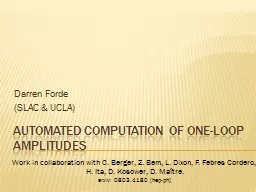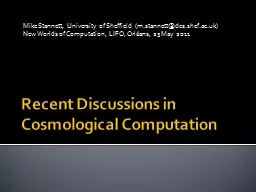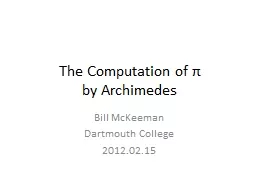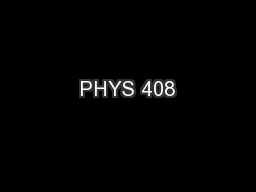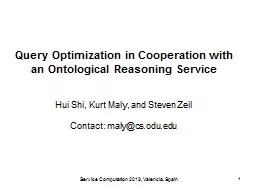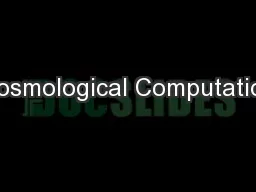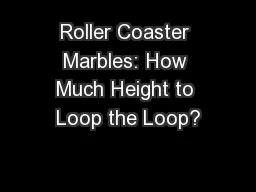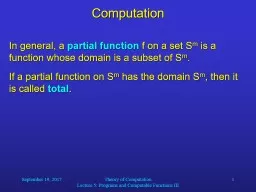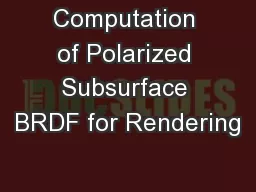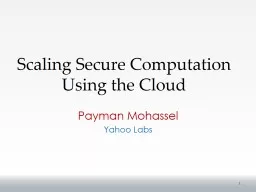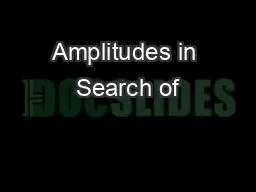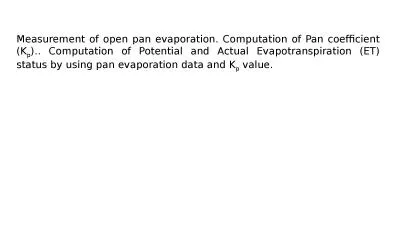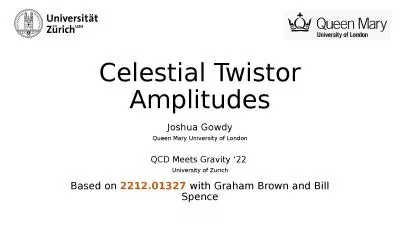PPT-Automated Computation of One-Loop Amplitudes
Author : pamella-moone | Published Date : 2017-04-21
Darren Forde SLAC amp UCLA Work in collaboration with C Berger Z Bern L Dixon F Febres Cordero H Ita D Kosower D Maître arxiv 08034180 hepph Overview NLO Computations
Presentation Embed Code
Download Presentation
Download Presentation The PPT/PDF document "Automated Computation of One-Loop Amplit..." is the property of its rightful owner. Permission is granted to download and print the materials on this website for personal, non-commercial use only, and to display it on your personal computer provided you do not modify the materials and that you retain all copyright notices contained in the materials. By downloading content from our website, you accept the terms of this agreement.
Automated Computation of One-Loop Amplitudes: Transcript
Download Rules Of Document
"Automated Computation of One-Loop Amplitudes"The content belongs to its owner. You may download and print it for personal use, without modification, and keep all copyright notices. By downloading, you agree to these terms.
Related Documents

